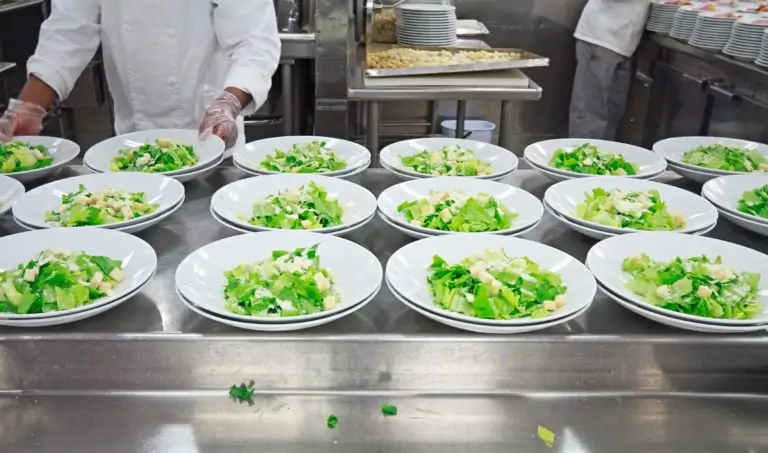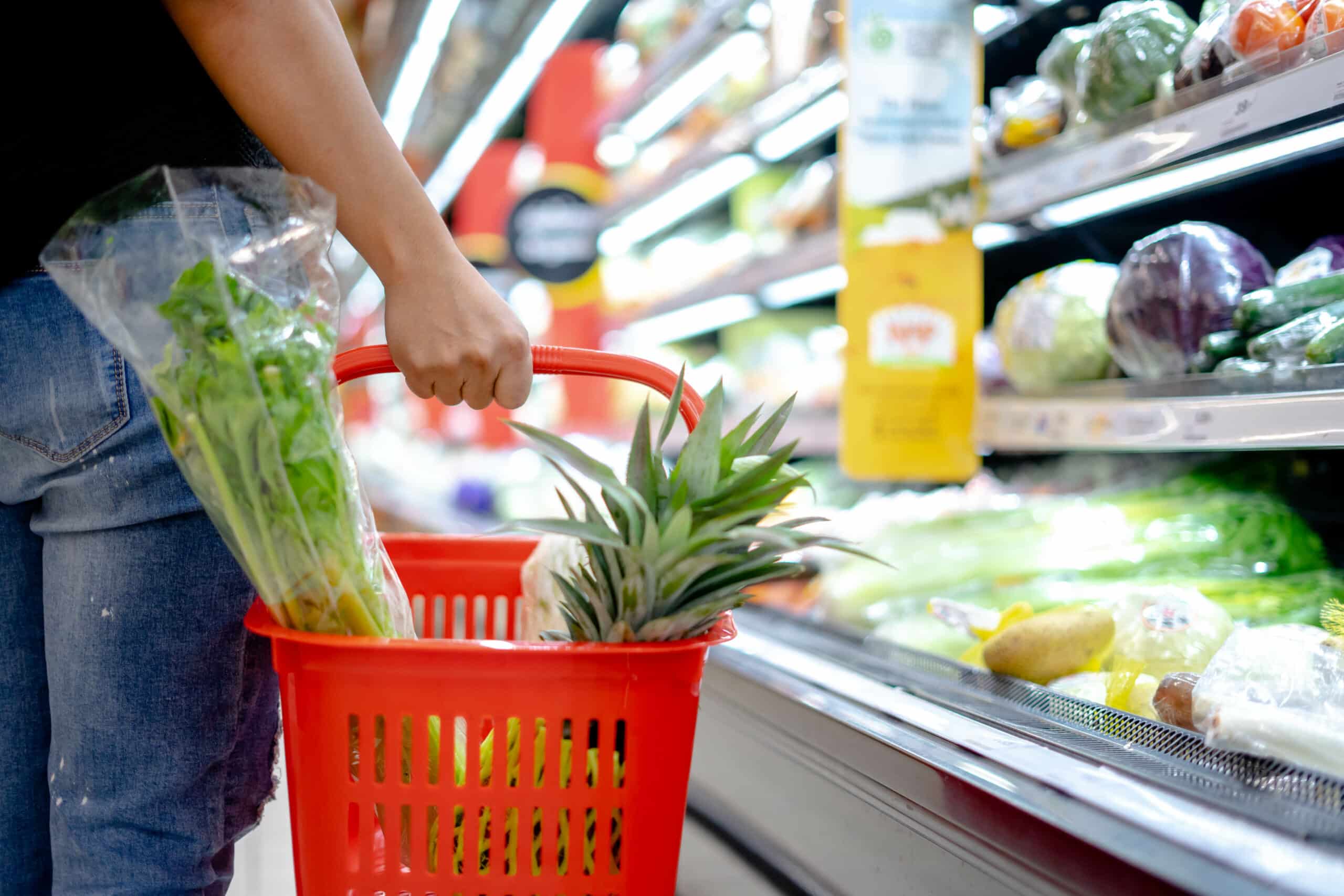With the emerging positive global economic landscape, higher disposable incomes will enable consumers to spend more on dining out options. Existing and new market players are upgrading dining experiences by investing in new outlets and more sophisticated menus. This is resulting in improved profitability and traffic flow due to higher margin snacks, desserts and beverages.
Global Growth
According to a Euromonitor International report (April 2016), consumer foodservice sales grew 5.7 percent globally in 2015, improving on the previous year’s growth rate of 5.3 percent. Fast casual dining was the strongest growth segment across the industry at 10.4%, increasing US$3.4 billion from 2014 to 2015.
By 2016, sales values of food service contractors in the United States for example, are projected to reach approximately US$42 billion according to Statistica 2016.
Figure 1 below shows the sales and forecast value of food service in the United States from 2008 up to 2020.
Convenience and the Role of FoodTech
Convenience is one of the most important factors for customers deciding where to order their food. With increasingly fast-paced lifestyles, the frequency of cooking at home, especially in an urban household is expected to decline. Time poor consumers will likely spend less time preparing their own meals, instead opting for the convenience provided by the growing multitude of options provided by the hospitality sector.
Britain for example, will spend almost Stg£8 billion per annum on fast food takeaways by the end of the decade. This will be driven by a surge in smartphone usage with time-pressed households cooking fewer meals. Spend on pizza, curry and Chinese food is expected to grow by 28% during this decade to £7.6 billion a year according to figures from Euromonitor International.
The convergence of food service and retail is expected to continue and will serve to drive divergence of tastes and experiences.
More restaurants will also offer meals to take away and there will be branded opportunities for leading restaurants to integrate with retail outlets. One driver of these changes will be a desire for more nutritional food ‘on-the-go’. Dashboard dining is on the rise (25% of US drivers eat breakfast in the car) and car companies are including food and drink consumption considerations in their design process.
Foodtech experts
The evolving global economic climate presents significant opportunities for the foodservice industry, underscored by consumers’ increasing disposable incomes and their growing preference for dining out. With deep expertise in foodservice & retail, market entry & development, and digitalisation, Farrelly Mitchell stands ready to support businesses looking to capitalise on these trends.
Our clientele ranges from emerging startups to established players, to whom we offer services in strategy & execution, operations improvement, and technology & innovation. Leveraging our insights into consumer behaviour and market dynamics, we help our clients navigate competitive landscapes, enhance their products, and effectively integrate technology for an improved customer experience. Our approach not only aims at driving profitability and traffic flow for our clients but also ensures they are well-positioned to meet the evolving demands of convenience and sophisticated dining experiences in the global foodservice market.














